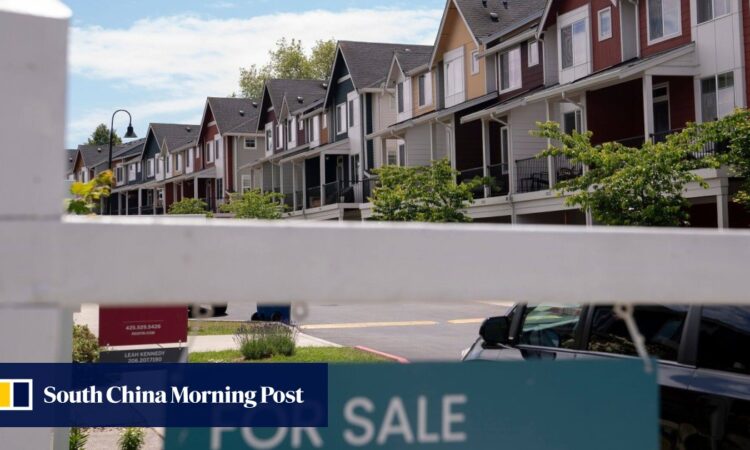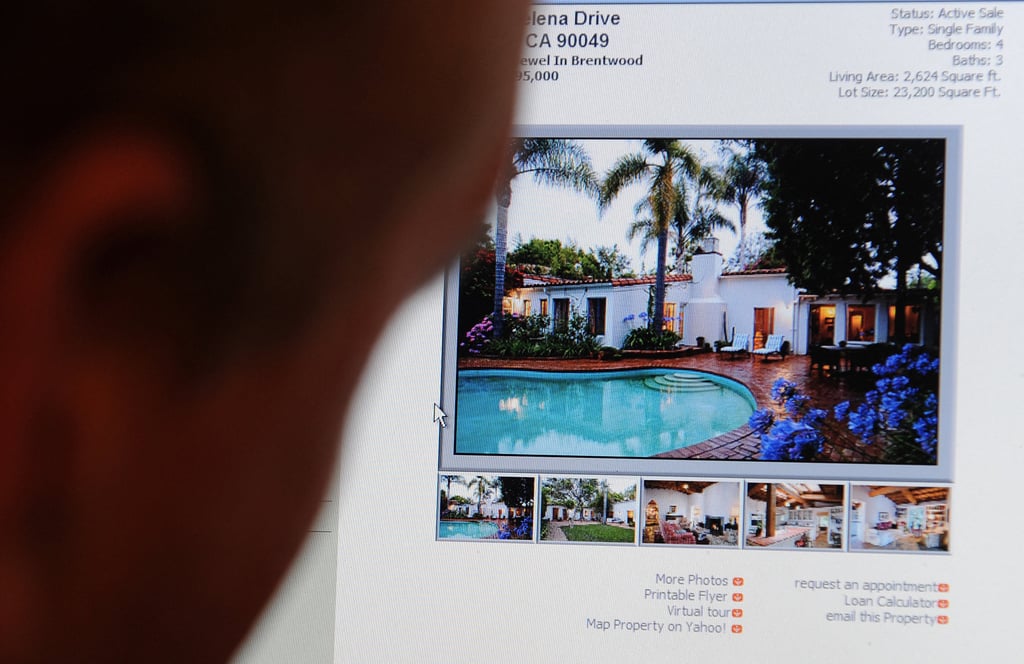
In terms of volume, Canadians topped the charts, snapping up 7,100 residential units. The Chinese acquired 6,000 homes in the same period, 45 per cent fewer than the 11,000 bought a year earlier.

The strong US dollar makes US homes much more expensive for foreigners, said Lawrence Yun, the chief economist at NAR. “Therefore, it’s not surprising to see a pullback in US home sales from foreign buyers.”
The US dollar has remained strong against major currencies such as the yuan and the yen because of the higher interest rates prevailing in the US. The Federal Reserve has maintained its benchmark interest rate in the range of 5 to 5.25 per cent for more than a year, affecting the buying power of overseas buyers.
In the near term, the strength of the yuan against the US dollar and residential prices will determine Chinese buyers’ interest in US property, according to Kashif Ansari, co-founder and group CEO of Juwai IQI, a proptech firm that lists US$4 trillion of properties globally.
“If the Chinese yuan gains ground against the US dollar over the coming 12 months like many analysts expect, or if US home prices fall during the same period, we expect to see an increase in the number of Chinese transactions,” Ansari said.
The decline in Chinese buyers’ spending squeezed the group’s share among overseas purchasers to 11 per cent, from 13 per cent in the 12 months to March, while Canadians accounted for 13 per cent, versus 10 per cent in the preceding 12 months, the NAR data showed.
More than two-thirds of Chinese and Canadian buyers also preferred to make their investment entirely in cash, according to NAR.
Although the Chinese accounted for fewer units than the Canadians, the Chinese had the highest average purchase price among overseas buyers at US$1.26 million and the highest median price at US$697,900.
This was mainly because of Chinese buyers’ preference for properties in traditional destinations such as California and New York, which accounted for 25 per cent and 10 per cent of their total purchases, respectively, according to NAR.
These states are arguably among the most expensive places to buy homes, owing to higher average incomes and strict zoning rules that limit new supply there, Juwai IQI’s Ansari said.
“In 2024, the US has dropped to the fifth most popular destination for buyers from China, down from second before the Covid-19 pandemic,” Ansari said, adding that it was the No 1 destination about a decade ago.
Another factor is that more Chinese money is now heading for Southeast Asia, which is closer, and culturally and politically more in tune with Chinese expectations, he said. “And it is more affordable.”
The NAR report showed that international buyers acquired 54,300 homes in the US, the fewest since 2009, a 36 per cent decline from the previous period and continuing a downwards trend since 2017. The annual foreign investment on existing homes fell by 21.2 per cent to US$42 billion, compared with US$53.3 billion the previous year.
Foreign buyers living abroad accounted for US$19.4 billion worth of existing homes, 35 per cent lower than the previous 12 months. While foreign buyers living in the US bought US$22.6 billion worth of existing homes, a 3.4 per cent decline from the previous year.
Despite the overall decrease in the number of purchases, foreign buyers acquired homes with an average price of US$780,300 and a median price of US$475,000, both record highs and reflecting an increase of 21.9 per cent and 19.8 per cent, respectively.
This trend reflected the general increase in prices for all US existing homes, which climbed to a median price of US$392,600.

